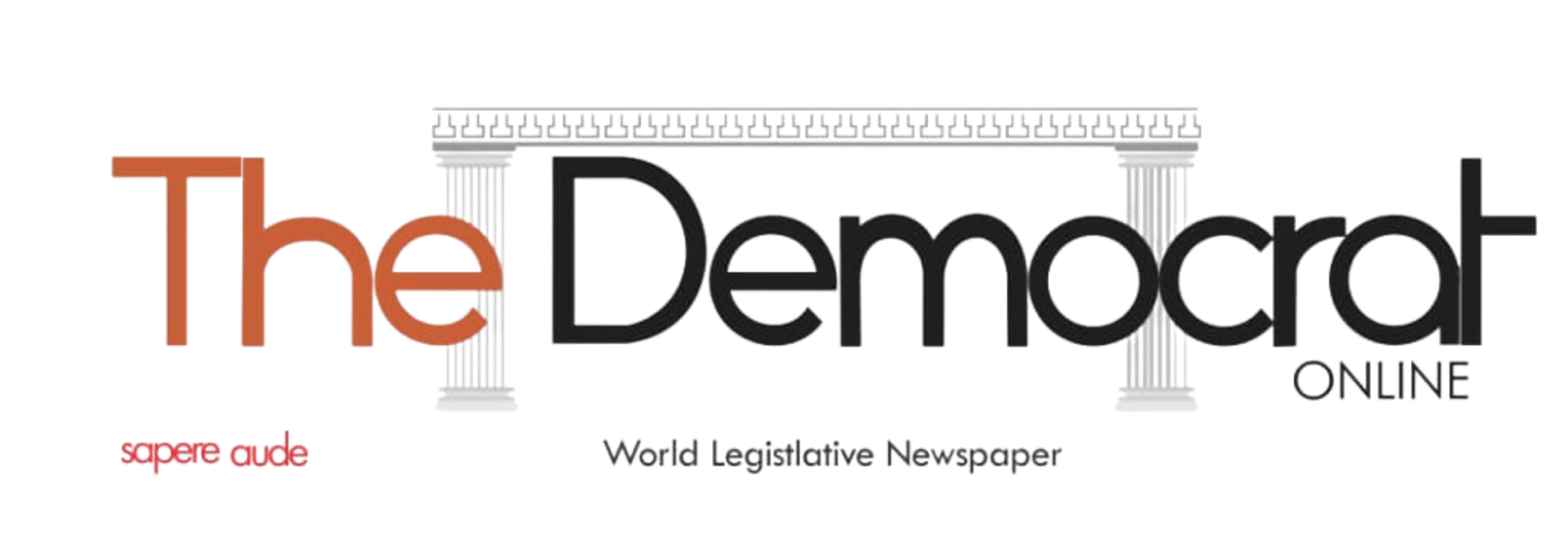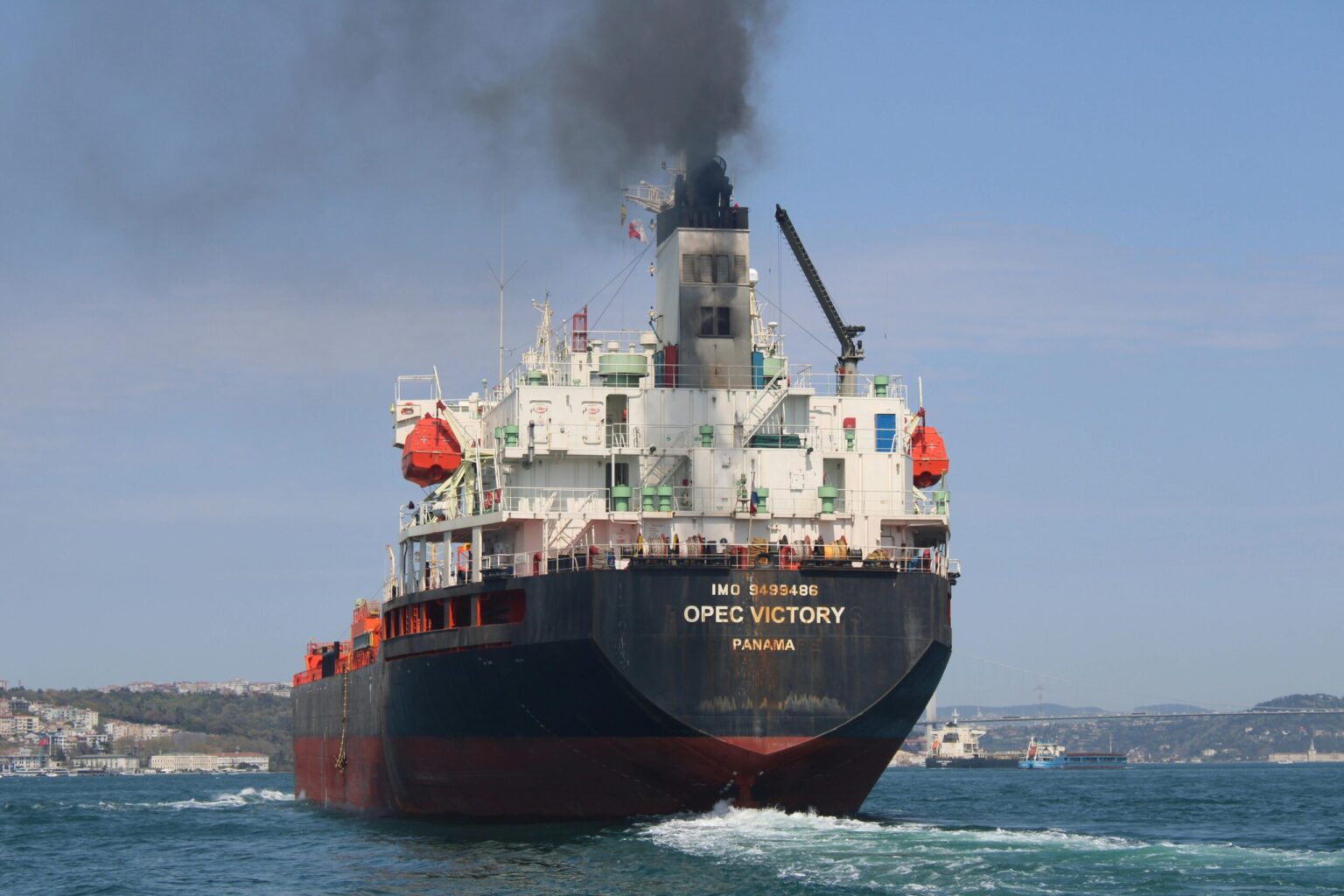
Eight OPEC+ countries have unexpectedly agreed to boost oil output by 411,000 barrels per day in May—three times the initially planned increase. This move, driven by positive market fundamentals, caused Brent crude prices to drop over 6% to below $70 a barrel, extending earlier losses triggered by U.S. tariff announcements. OPEC noted the increase includes May’s planned rise plus two future increments, with flexibility to pause or reverse based on market changes.
The decision also helps offset concerns over potential supply disruptions from Iran.The May increase is part of a broader plan by Russia, Saudi Arabia, the UAE, Kuwait, Iraq, Algeria, Kazakhstan, and Oman to gradually reverse their latest 2.2 million bpd production cut, which began this month.OPEC+ also maintains an additional 3.65 million bpd in output cuts through the end of next year to help stabilize the market.
Combined, the 5.85 million bpd in cuts represent around 5.7% of global oil supply.OPEC+’s decision to raise output in May is partly aimed at improving compliance with production quotas, as some members, especially Kazakhstan, have been exceeding agreed limits. Kazakhstan’s overproduction has caused tensions, particularly with Saudi Arabia, and OPEC+ is pushing for corrective cuts.
Other countries like the UAE, Nigeria, and Gabon have also slightly exceeded quotas. Kazakhstan’s output may drop due to a Russian-ordered shutdown of part of the CPC pipeline. The eight OPEC+ members will reconvene on May 5 to set June production levels.




